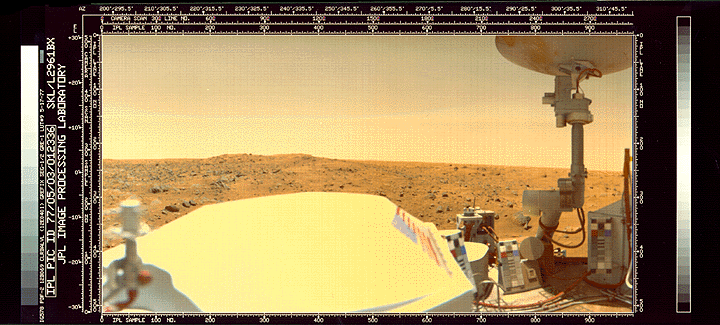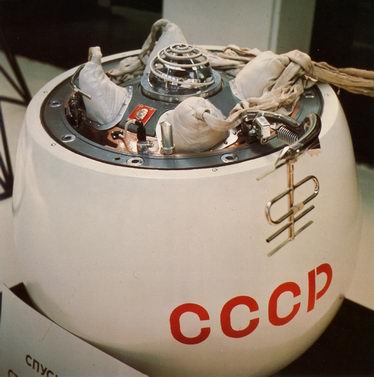Twenty-five years ago today — August 27, 1985 — astronauts Joe H. Engle, Richard O. Covey, James D. Van Hoften, William F. Fisher and John M. Lounge lifted off from the Kennedy Space Center aboard Space Shuttle Discovery.
(Unidentified STS-51I astronaut in the Shuttle Discovery’s open cargo bay. NASA image.)
Mission STS-51I lasted a week, during which the crew deployed three communications satellites: American Satellite Company 1 (ASC-1), Australian Communications Satellite 1 (AUSSAT-1), and Synchronous Communications Satellite IV-4 (SYNCOM-IV-4), also known as LEASAT-4 because most of its communications capacity was to be leased out to the military.
The crew also retrieved SYNCOM-IV-3 (LEASAT-3), which had been launched the previous April by STS-5lD but had failed to activate. As described on this Boeing page,
After attaching special electronics assemblies to LEASAT 3 during two days of space walks, astronauts manually launched the satellite again. The electronics allowed ground controllers to turn on the satellite and, at the end of October, fire its perigee rocket and send LEASAT 3 into orbit.
While LEASAT-3’s repair was a success, LEASAT-4 developed its own problems. The satellite reached its intended orbit, but its ultra high frequency (UHF) downlink failed during testing and it was declared a total loss.


















